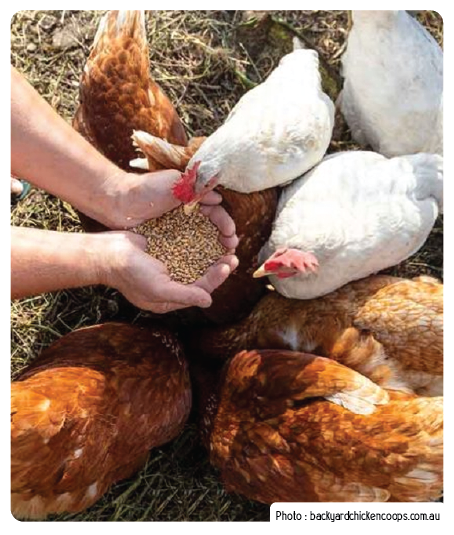
Farm Animal Welfare Affects Food Safety
This topic will discuss the relationship between animal welfare and food safety in our consumption. In this case, we will call this farm animal welfare.
By: Drh.Mikeu Paujiah, Dipl.Montessori
Translator: Azzahra Maulidina, BVM
Photo: poultryindonesia.com
Researchers stated that proper animal welfare is animals living in areas that are accessible to express their natural behavior; a safe, clean, comfortable, and wide environment; a place where they get proper food and unlimited ccess to water, able to socialize with other animals and human beings, and they get proper mental stimulation.
But the facts mentioned otherwise :
Animals involved in large-scale food processing live a life almost similar to imprisonment compared to farms. With the purpose of cutting expenses and maximizing efficiency, farms intensively cage animals in inhumane cages, have horrible protocols for animal waste disposal, provide only cheap and unhealthy nutrients containing dangerous substances, and constantly inject antibiotics and growth hormones into animals affected. The condition of these poor animals raises serious concerns about both their welfare and human safety (Anastasia 2010).
Animals living in a low-welfare environment are susceptible to stress.
Crowded environments with poor ventilation, bad sanitation protocol, inhumane animal handling, and force-feeding of these poor animals are bad farm management. A crowded farm with bad sanitation is a perfect place for bacteria, viruses, and molds to grow and reproduce.
This condition will make animals sick. Constant caging, stress, improper nutrition, and a dangerous farm environment danger the immune systems of these animals.
USDA Agricultural Research Service stated that animals under excessive and unmanageable stress will experience drastic physiological changes that increase their susceptibility to diseases.

When a caged animal is sick, other animals living next to its cage will be susceptible to get infected thus creating a horrifying scenario where the whole population will be infected. This will be even more dangerous if it is a zoonotic disease and will infect farm workers through its air or water supply. Infectious diseases from animals to humans from bad farm environments are scherichia coli, antimicrobial resistance, bovine spongiform encephalopathy, and many more.
SOURCE :
Anastasia S. Stathopoulos, You Are What Your Food Eats: How Regulation Of Factory Farm Conditions Could Improve Human Health And Animal Welfare Alike, New York University Journal of Legislation and Public Policy, 2010.
Lourenco Jeferson M., Broadway P. Rand, Callaway Todd R. Editorial: The Relationship of Animal Health and Management to Food Safety. Frontiers in Animal Science, Vol.3. 2022.
https://www.centerforfoodsafety.org/issues/307/animal-factories/animal-factories-and-animal-welfare